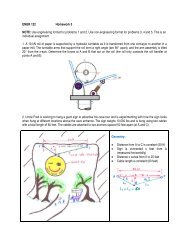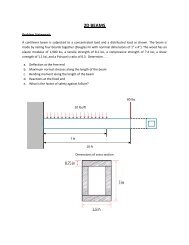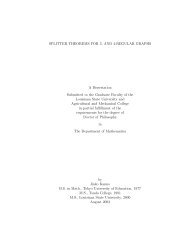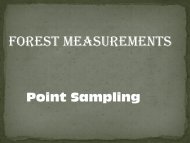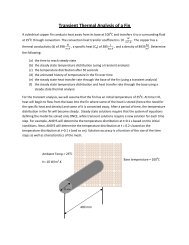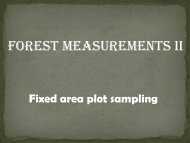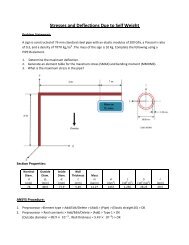Spotted cDNA microarray image segmentation ... - IMT Bucharest
Spotted cDNA microarray image segmentation ... - IMT Bucharest
Spotted cDNA microarray image segmentation ... - IMT Bucharest
- No tags were found...
Create successful ePaper yourself
Turn your PDF publications into a flip-book with our unique Google optimized e-Paper software.
<strong>Spotted</strong> <strong>cDNA</strong> <strong>microarray</strong> <strong>image</strong> <strong>segmentation</strong> using ACWE 259Figure 10 presents the comparison between control spots and spots with samegene. LAMBDA was a control spot and YBR145W was a gene spot (with gene named”ADH5”). For the two gene spots (Spot 2055 and Spot 3687), ACWE had smallerdifference between them. For the two control spots (Spot 1941 and Spot 5813), theACWE method showed bigger difference between the two controls.In Figure 11 we present the boxplot of log ratio on spots named ”LAMBDA”.The inter-quantile range (IQR) presented method ACWE was better than the onesprovided by the SRG and GOGAC methods, since it showed a smaller range whichmeant less gene expression differences for the control spot.Fig. 11. Boxplot of z-score normalizationof log ratio using different methods.According to [7], Figure 12 given in he following shows the gene clusters with cellcycle-regulated and the histone (a key protein component) cluster under the alphafactor experiment. Figure 12 was presented as an array with 9 rows and 18 columns.Each row represents a gene and each column represents a <strong>microarray</strong> <strong>image</strong>. Histonegenes showed periodical regulation. There are 9 genes in Figure 12. Only eight geneswere used in the experiment data set which were ’HTB2, HTA2, HHF1, HHF2, HHT2,HHB1, HHT1, HTA1’. Totally 18 <strong>microarray</strong> <strong>image</strong>s were used in the alpha factorexperiment. Each <strong>image</strong> was taken every 7 minutes in a time series. Figure 14 showeda clear cell cycle in Alpha Factor section under cluster histone. It showed ’Green RedGreen Red’ cycle. Approximately, at minute 0, 7 and 14, it showed green. At minute28, 35 and 42, it showed red. At minute 63 and 70, it showed green again. At minute84, 91 and 98, it showed red again. Red showed the DNA expression was increased.Black showed the DNA expression was stable. Green represented the DNA expressionwas decreased.We stress that according to [7] the data presented in the following figure was builtmanually by the researchers (counting the intensities of the spots manually). Wetherefore will consider this information as control data (as it is curated) and will useit to compare the different <strong>segmentation</strong> methods.





